You Won’t Like The Consequences Of Making Pluto A Planet Again

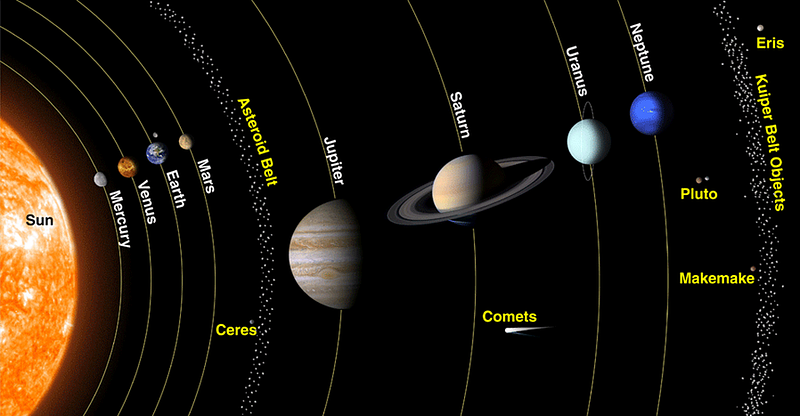
In 2006, astronomers demoted Pluto out of its planetary status. Geophysicists want to bring it back. Here’s what would happen if we did.
Since its discovery in 1930, Pluto was heralded as the ninth planet in our Solar System. Pluto was the first world ever discovered beyond Neptune, and for nearly half a century, was the only world known beyond our last gas giant. Generations of schoolchildren learned mnemonic devices about their very educated mother just serving them nine pickles, with Pluto, the very last, lonely one out there, becoming the favorite of so many.
After 76 years, however, astronomers seemingly demoted Pluto to dwarf planet status, placing it alongside the large asteroid Ceres and other worlds out there in the Kuiper belt, reducing our Solar System’s planetary count to a mere eight. Last year, a team of scientists put forth a new definition of planet that would bring Pluto back into the fold, and this definition has been endorsed by Alan Stern and David Grinspoon, authors of a new book on the New Horizons mission and “the planet” Pluto.
Here’s what it would mean if we listened to them:
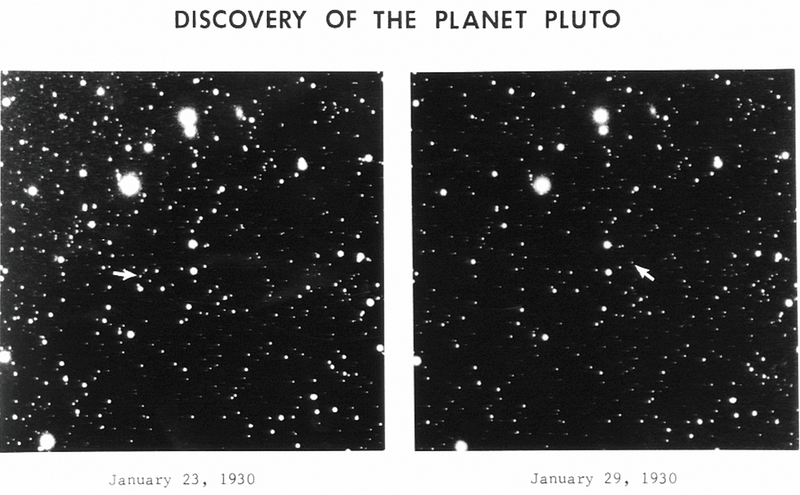
In 2006, the International Astronomical Union did something that no one had never done before, and gave a scientific definition to one of astronomy’s oldest terms: planet. The old “I-know-it-when-I-see-it” definition had come under fire for a variety of reasons, including the growing number of Trans-Neptunian objects found in the Kuiper belt and beyond. Many objects out there were round, with enough gravity to pull themselves into hydrostatic equilibrium. Some of them were even more massive than Pluto was. And there were a growing number of worlds being discovered around stars other than our own. Were all of these new objects planets? Some of them? None of them? And what about Pluto? The definition they put forth would not only ruffle feathers and spark controversy, it would immediately prove to be insufficient.
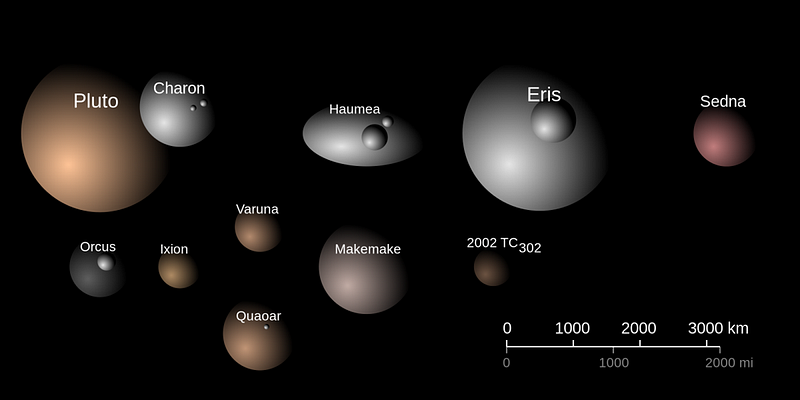
The IAU’s definition had just three statements:
- A planet had to be massive enough that its gravity would pull itself into hydrostatic equilibrium: round if it wasn’t rotating, but a spheroidal shape if it was.
- A planet had to orbit the Sun and no other object: Earth could be a planet but not the Moon.
- And finally, it had to clear its orbit, meaning there could be no other comparably large masses at the same orbital distance: Mars is a planet, but asteroids and Kuiper belt objects were all out.
Officially, under this definition, our Solar System was down to eight planets.
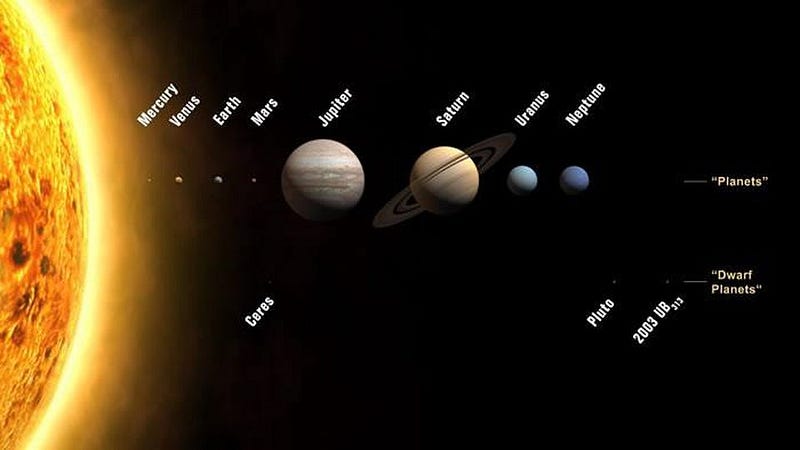
For astronomers who study our own Solar System, this is fine. For astronomical purposes, these eight planets have distinct properties that all the other worlds don’t. They are united by a similar, common formation history; they influence the motion of the Sun and the other worlds more severely than any other worlds; they reflect more sunlight than other worlds; and they dominate, gravitationally, their portion of the Solar System. Eight planets, from many perspectives, is just the right number.
But this definition was dissatisfying to three very different groups: exoplanet astronomers, galactic astronomers, and planetary scientists.
https://www.youtube.com/watch?v=o_hm2ETTZzU
The exoplanet astronomers have a very compelling argument. Why would a body orbiting our star, the Sun, be classified as a planet, but the worlds around any other star couldn’t be? It seemed like a tremendous oversight in 2006, as we had over a decade of discovered exoplanets behind us at that point. The rationale, after-the-fact, that was given by some was that there was no way to tell whether a planet had cleared its orbit or not from so far away. This may have been true in 2006, but nine years later, UCLA professor Jean-Luc Margot changed the game by devising a universal planetary test that didn’t require a spaceship! If you could learn the following three easy-to-measure parameters:
- the mass of the planet,
- its orbital distance/period around its parent star, and
- the lifetime of the planetary system in question,
you could determine, with better than 99% accuracy whether a body satisfies the three IAU criteria for being a planet.
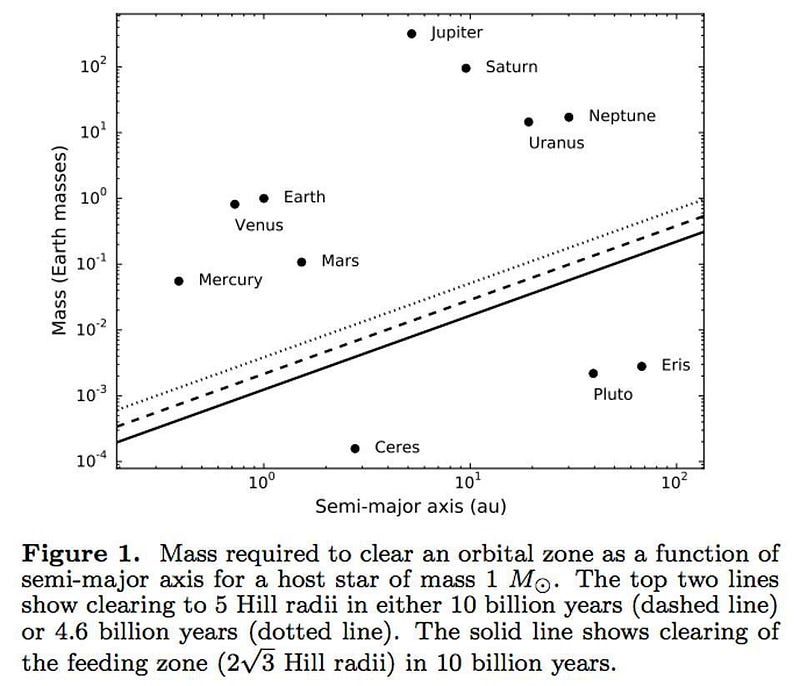
Quite clearly, the eight planets of our Solar System are in, and the asteroids and Kuiper belt objects are out. Interestingly, if there were only the Moon rather than the Earth-Moon system orbiting the Sun, it would be right on the border between planet and non-planet. But then, for the galactic astronomers, what do you do for rogue planets? If you don’t have a parent star to orbit at all — either because you were born without one or you were ejected from your solar system — does that make you any less of a planet?
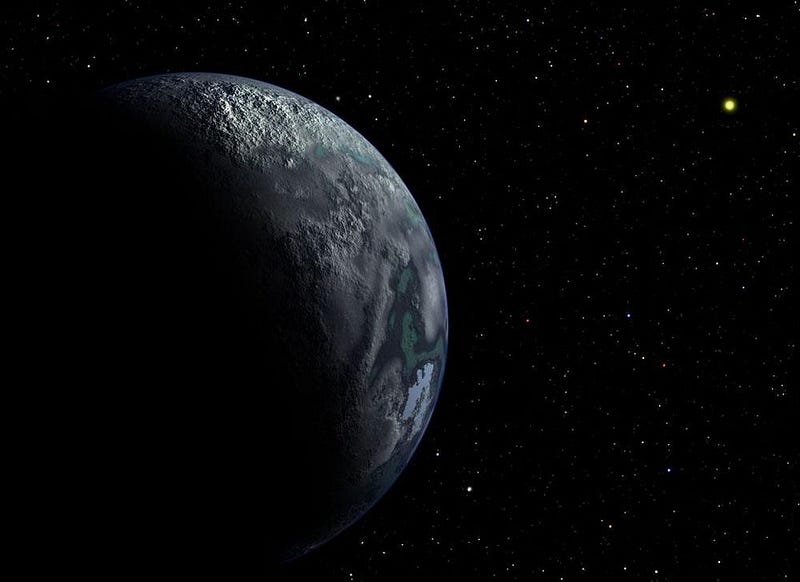
This is a tough question, because in astronomy — as in real estate — location is almost everything. Mercury, at the distance of Jupiter, would never clear its orbit and wouldn’t obtain planetary status. A world much smaller than Mercury could be a planet around a red dwarf star, while even Earth would fail to be a planet if it were out in the Oort cloud somewhere. And yet, we call so many of these non-planetary worlds “planets,” but with a prefix. We have dwarf planets, rogue planets, and exoplanets. In the early stages, we have protoplanets and planetesimals. But, at some level, aren’t all of them, plus more, still planets?
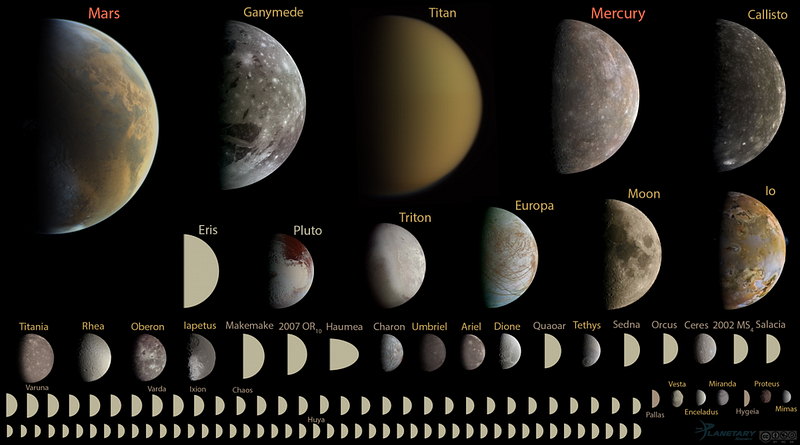
This argument gets taken to an extreme by some planetary scientists, as elucidated by Stern and Grinspoon in yesterday’s Washington Post. They contend that location should be ignored, and that if you’re massive enough to pull yourself into hydrostatic equilibrium (a sphere if you aren’t spinning; a spheroid if you are), congratulations: you’re a planet. As you can see, above, this would mean that if we looked at the objects under 10,000 kilometers in diameter in our Solar System, there wouldn’t be two (Mars and Mercury) planets, but 109 of them. The Solar System’s total would rise to 115 planets, with 19 moons, one asteroid, and 87 objects beyond Neptune added to the current total of 8. And in the future, as we discover more objects in the Kuiper belt, the scattered disk, and even the Oort cloud, that number will rise further: perhaps into the thousands.
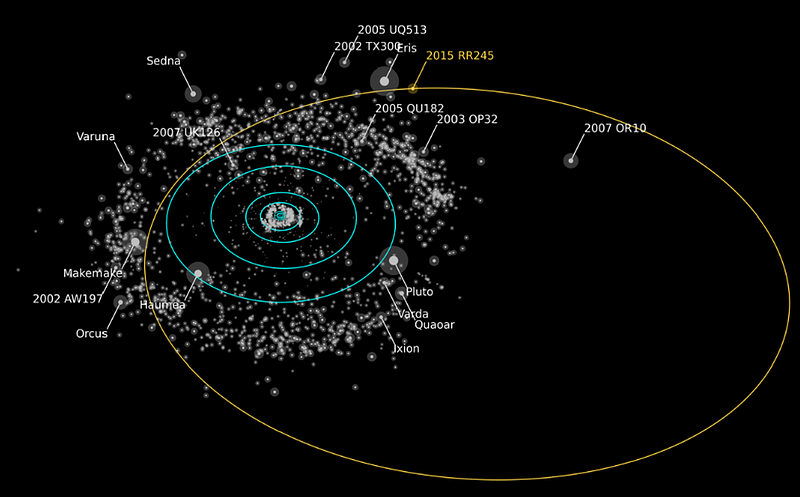
On the one hand, there are advantages to the arguments they make. When we talk about the geological, atmospheric, and geophysical properties of a world, we do, in fact, call them all planets. We call the field of studying these worlds planetary science, and when we talk about a world’s oxygen content, crust, composition, or potential for habitability, we have no qualms calling these measurable quantities “planetary properties.” On Pluto alone, we’ve learned that it has clouds, weather, snow, mountains, valleys, geological layers, and likely even a subsurface ocean. It has five moons; it rotates on its axis; it has days and nights and seasons. If you ignored its astronomical location, you’d call it a planet every time.
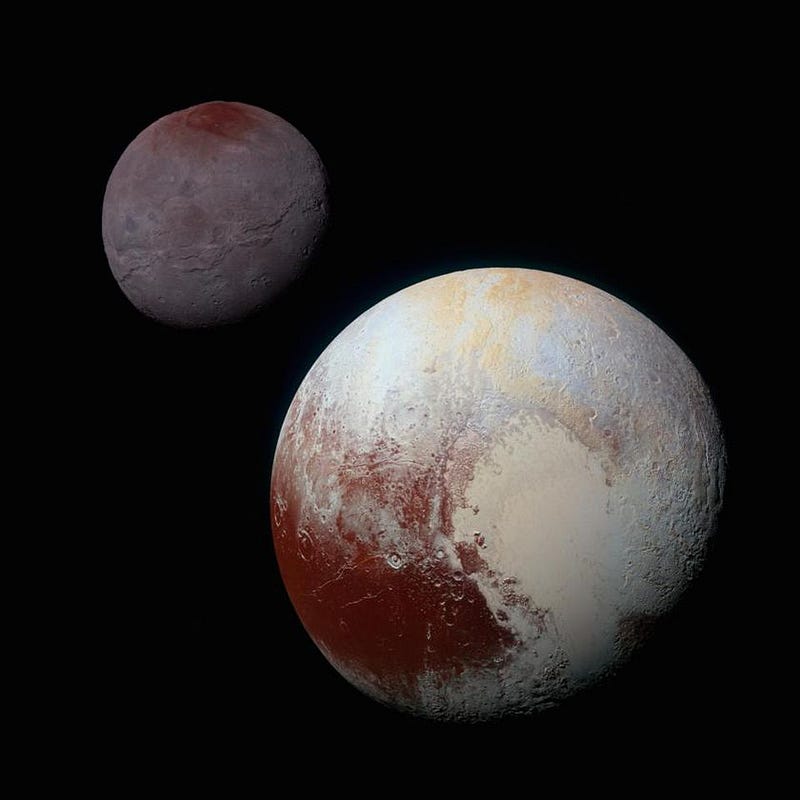
And yet, that’s the other hand: you have to ignore all of astronomy to consider Pluto a planet. That’s the question you need to ask yourself: should an object’s position in its Solar System determine what a planet is? Or should only the intrinsic properties of the world matter? Should we ignore, completely, the connection between planets and solar systems, stars, their formation, and the gravitational dance that has always fueled our knowledge and curiosity about them?
I resent the assumption that we will become less interested in Pluto, or in asteroids, comets, centaurs, moons, and the outer reaches of the Solar System, simply if we don’t name them “planets” also. There are just as many ambiguities under the geophysical definition as there are for the astronomical one: if something stripped Saturn’s gas away, would its round core still make it a planet? Is the asteroid Vesta, which has a crust, mantle, and metallic core, but isn’t quite round, up for consideration? Would a smaller, icy world (~200 km in radius) be a planet, because it’s round, while a larger rocky world (~250 km in radius) wouldn’t be?
The simple fact is that Pluto was misclassified when it was first discovered; it was never on the same footing as the other eight worlds. The 2006 move by the IAU was an incomplete attempt to repair that mistake. The current move by Kirby Runyon, Alan Stern, and others is a step in the opposite direction: it’s a step towards making a larger, more confusing mistake that will render a definition meaningless to the majority of people who use it.
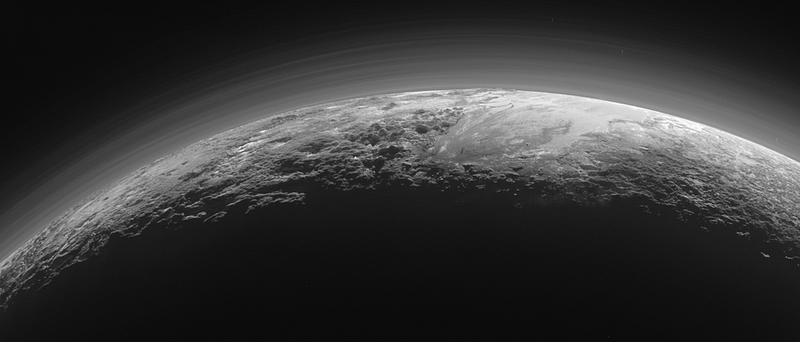
There are some out there who are desperate to save Pluto’s planetary status, and would be willing to open the floodgates and bestow planethood on every moon, asteroid, and ice ball out there that’s massive enough to be round. There are others who spend 100% of their time looking down at their feet on whatever world they’re considering when it comes to planethood, and to them, everything with enough mass will be a planet. But for the rest of us, where you are in the Universe is an inseparable part of what you are. Nothing in the Universe exists in a vacuum, and where you are determines a huge number of properties of you, regardless of whether you’re a planet, moon, asteroid, centaur, comet, Kuiper belt object, or Oort cloud object. If you want to ignore all of that — and proclaim, “round means planet” — then more power to you. But in planethood, as in most things, the full scientific story is far more interesting.
Ethan Siegel is the author of Beyond the Galaxy and Treknology. You can pre-order his third book, currently in development: the Encyclopaedia Cosmologica.





